Naloxone, which is also known as Narcan, has been shown to save lives. Jonathan Lowe of Channel 9 looked into who can get it and how it helps.
The National Institute on Drug Abuse says that overdoses are 27% to 46% lower when the drug that reverses an overdose is available to everyone.
Since she stopped using drugs 10 years ago, Lauren Kestner has been clean.
She’s happy that she hasn’t used drugs or alcohol.
She told Lowe, “I should have been dead a long time ago.” “So many things in my life came together, and I think my daughter was also a big trigger.”
She said she had to make an effort to live a better life.
She said, “I had the chance to go to treatment.” “I also had people in my life who were teaching me about harm reduction behind my back.”
Since the 1980s, there have been efforts to cut down on harm.
They use services that offer safe syringes, which give people clean items as well as help and advice.
She works for Queen City Harm Reduction.
“There’s a lot of shame attached to using drugs, so getting naloxone will also be frowned upon,” Kestner said.
North Carolina’s laws that make Narcan easier to get are pretty new.
She said, “People should be able to get whatever they need from the shelf without being asked,”
North Carolina became the third state in the country in 2016 to let pharmacists give out naloxone without a prescription.
In 2018, South Carolina passed similar laws.
If the person has insurance, it’s often free.
There are also doses offered at health departments in your area.
Kestner said, “We give out naloxone for free.” “You can just walk in.” No one should judge you there.
The state law says who should get naloxone and how it should be given out.
Before the opioid blocker, or naloxone, could be given to someone, a doctor may have to write to the pharmacist saying that the person is at risk of overdosing.
“It should be as common as having Neosporin and a Band-Aid in your first aid kit,” said Mary Ferreri, CEO of the Emerald School of Excellence in east Charlotte, which is a high school for teens in recovery.
Teachers also help students get their diplomas in a way that meets state requirements.
“Kids who come here have to be at least 30 days sober,” Ferreri said. “Everyone is committed to being substance-free, whether they’re dealing with mental health or substance use.”
Doses of naloxone are still an important part of their first aid kits.
Ferreri said, “It’s so important to have it on site because you never know.”
The North Carolina Department of Health and Human Services says that between January and June of this year, 375 drug overdose emergencies were seen in Mecklenburg County.
During the same time in 2023, there were 538.
More than 10% of this year’s hits have been from people younger than 25.
Ferreri said, “You see people starting to use them earlier, which just means that number is going to get younger and younger.”
This school tries to find drug users early on before it’s too late.
“And I think that says a lot about how strong the recovery community is in Charlotte that we’re able to help kids early on. That’s part of what our school does—helping with early intervention and prevention, before things get to the point where people are overdosing all the time,” Ferreri said.
From two kids, Emerald School of Excellence now has 36.
Twelve kids graduated from high school this summer and got their diplomas.
Charlotte-Mecklenburg Schools agreed that naloxone should be put in all of their schools.
The spray was taught to school nurses, and the district said it would be kept in the front office of each school.





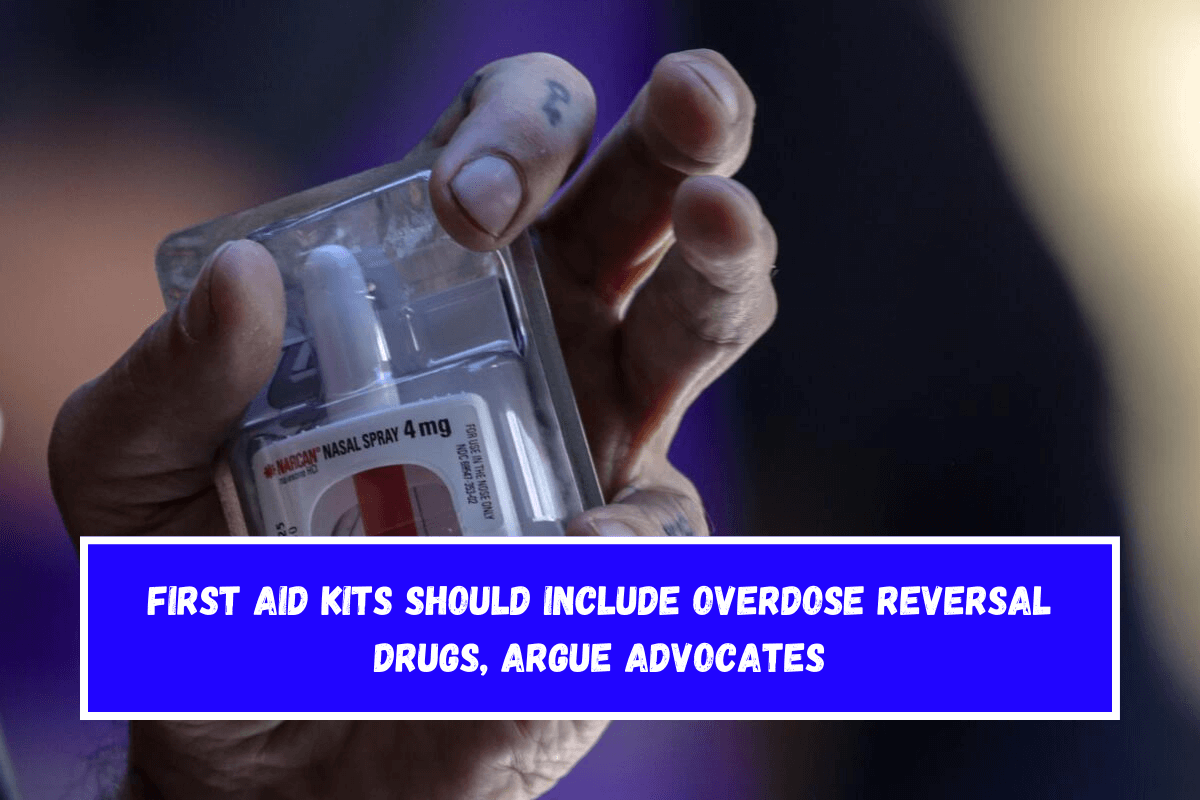
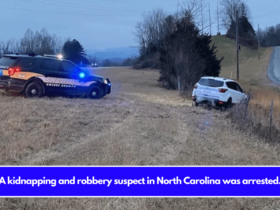




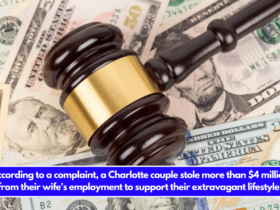
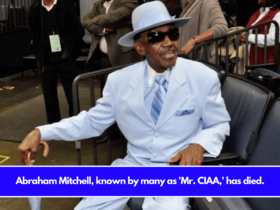

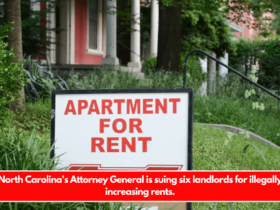
Leave a Reply